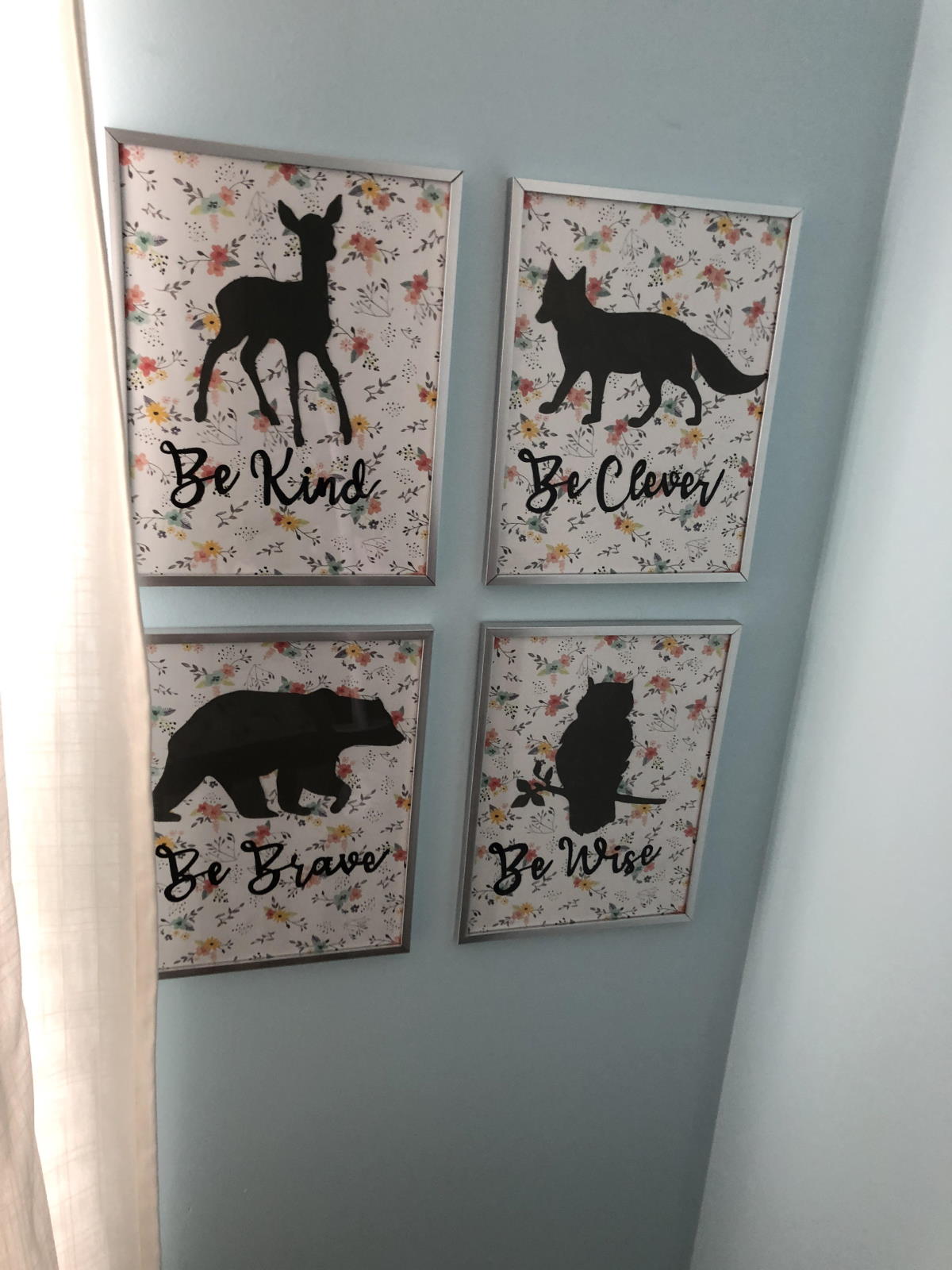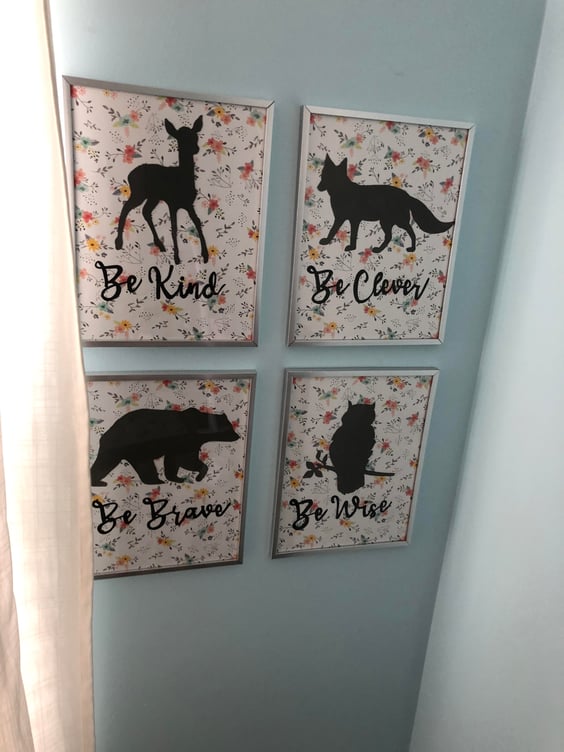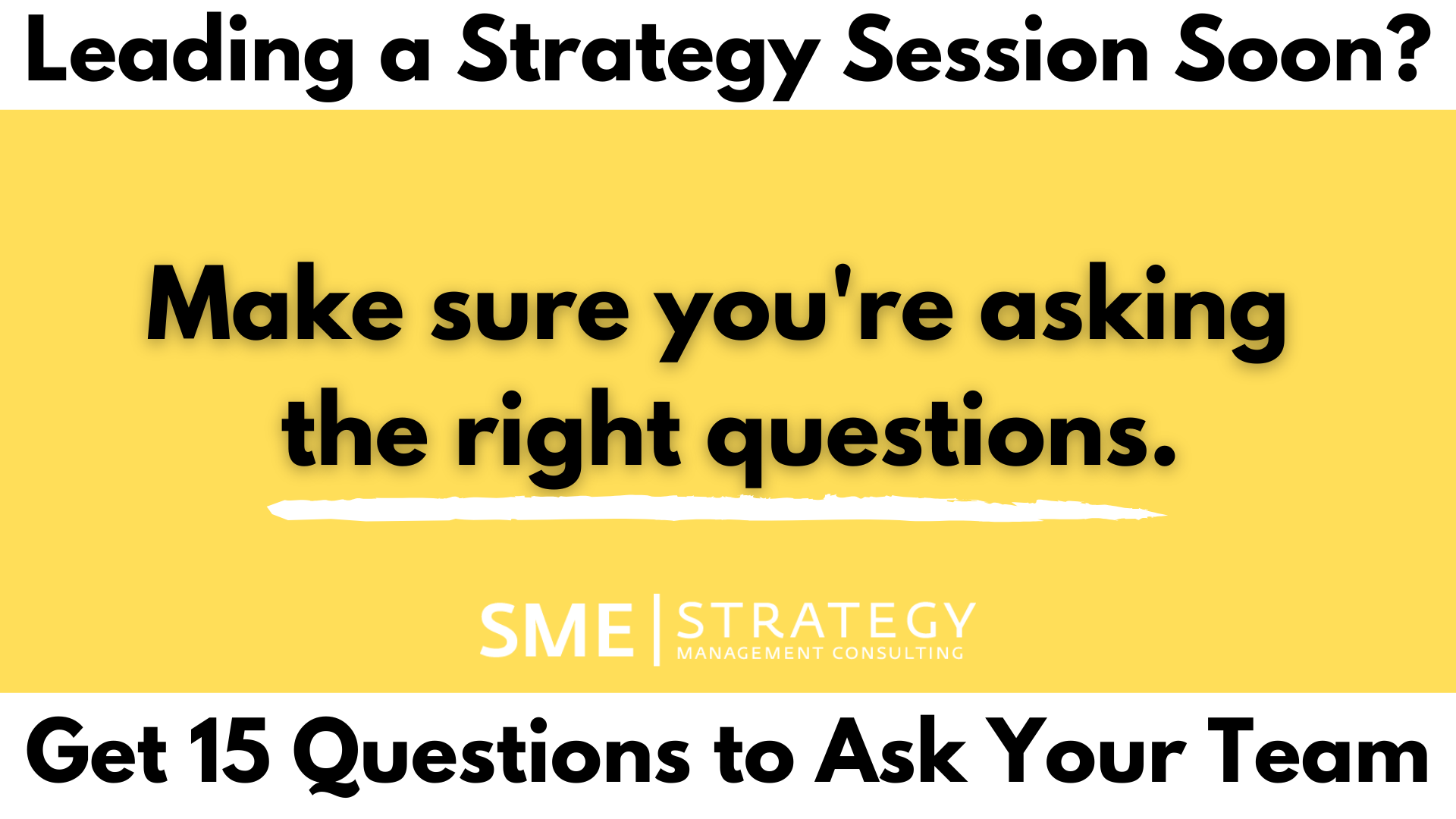
SME Strategy is a strategy consulting company that specializes in aligning teams around their vision, mission, values, goals and action plans. Learn more about how we can help you and your team create a strategic plan with our strategic planning and implementation services.
Organizational culture is the system of shared assumptions, values, and beliefs from your team.
As a leader you shape the culture in your organization from your words and your actions. The culture is also shaped by your employees and the environment that everyone creates on a day to day basis.
I was recently at someone's house and saw a great example of how they are using culture to teach their kids. (More on that later..)
At SME Strategy, we explain organizational culture as: "the way we do things around here".
- How would you describe the way you do things at your organization?
- What are the ways of being and acting that your team exemplifies everyday?
That's your organizational culture.
What does it look like to live a culture?
Think of when you enter someone's house - Do you take off your shoes or not?
If you're in a house where people take off their shoes when you come in, and you walk around with your shoes on, you might get strange looks, and someone will probably say something to you.
That's a simple example of organizational culture. When culture is clear, others know how to act (and how not to act) in the work place.
How do you foster your desired culture in your organization?
The first step is to explain to people what behaviours you want to encourage as part of your organizational culture. Then you will need to lead by example and reinforce and reward the behaviours that fit your organization's culture. For example, some leaders expect certain values and behaviours, but reward different ones, which is confusing for staff!
Now, for the parenting example:
Last week I was going through an open house and noticed this posted on the wall in a child's bedroom:

If we translate this into an organizational culture, their values would be to:
- Be kind,
- Be Clever
- Be Brave
- Be Wise
We can help you align your team around a clear vision, mission, values, goals and action plans,
so you can lead your organization more effectively and get better results.
Being a leader is like being a parent. You're mentoring and shaping your employees.
These parents are shaping their child to have a specific set of values, behaviours and actions that will ultimately shape how they approach interactions with others.
Going one level deeper, it not only shows what the values are, but what it looks like to live them.
When we look at values on their own, they are just words, and sometimes words are open to interpretation.
Your version of kind or clever is maybe not the same version that someone else has on your team.
Therefore, it's important to establish a common frame to view these values and behaviours, shaping the culture not just for the individual, but for the organization.
So let's take the values from earlier:
- Be Kind,
- Be Clever
- Be Brave
- Be Wise
And now let's add the frame and the context to it.
- Be Kind- Like a deer
- Be Clever- Like a fox
- Be Brave- Like a bear
- Be Wise- Like an owl
What differences do you see with the two examples?
You don't need to be a biologist to understand some of the additional attributes and ways of being of each of those animals. It takes the values from being words on a page to something that is alive.
What can you do to create your organizational culture:
- Establish the values and behaviours that you want to see in your people (You can do this as part of your strategic planning session).
- Understand what these values and behaviours look like in action.
- Share the values and behaviours with your team and listen to how they interpret them.
- Reward the positive behaviour and address the negative behaviour.
- Set a strong and positive example by modelling the desired behaviours and values.
Need help with your strategic planning process? A facilitator can help:
Note: When I say positive and negative, I don't mean good or bad.
I mean, if it's positive it's aligned with your values, and negative is not aligned.
When it's clear what the expectations are, then you're either doing it, or you're not.
And that's what is great about having these articulated and understood by your team. When it's clear and understood, it's much easier for your team to buy in and engage.
Once you have this foundation of your organizational culture, you can use values to support your strategic plan execution, growth, and greater performance.
So think like a parent so that you're raising your employees to grow within your organization. Create clear values, establish desired ways of acting, and watch your organization transform.




